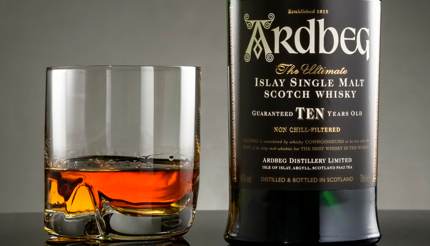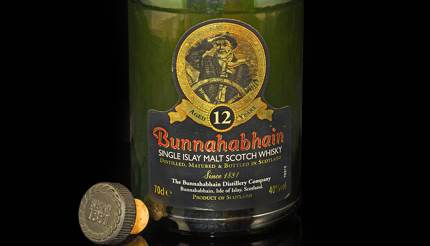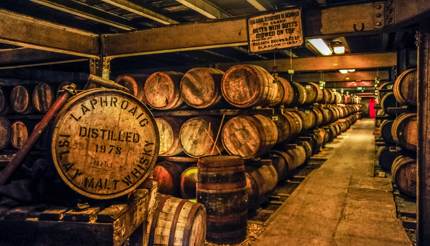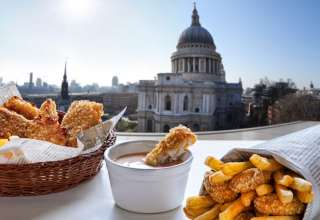Order a glass of scotch, and chances are you’ll be twisting your tongue trying to pronounce the name of it. But these confusing names actually have a purpose
Liking whisky is one thing. Understanding the differences between all the various types of whisky is something else entirely.
Then there’s the small matter of actually knowing how to pronounce what is often a seemingly random selection of letters picked Countdown-style to make up the actual name of the brand or distillery. So we thought it might be nice to offer you an alternative way of asking for that unpronounceable bottle that stands before you – by giving you the English translation of the name on the front of the bottle.
It’s a good conversation starter at least.
Ardbeg
This one might be quite an easy one to get your tongue around. It’s a derivation of “An Àird Bheag”, which means “small headland”, as well as being the 200-year old plus whisky made from peaty soils around the village of Ardbeg on the southern part of the island of Islay, just off Scotland’s west coast. They have a tendency to name their whiskeys after local landmarks: Ardbeg Uigeadail is named after the nearby Loch Uigeadail, and Ardbeg Corryvreckan takes its name from the famous Corryvreckan whirlpool off the west coast of Scotland, one of the largest in the world. Ardbeg is made in a small cove where smugglers used to ply their trade.

Bruichladdich
This one is more of a tongue twister for the uninitiated, but it’s actually pronounced “Brook-Laddie”. It’s a shortened version of Brudhach a Chladdaich, which means “the bank of the shore”. It’s an appropriate name, as the distillery, which predominantly only makes single malt whisky, is also located on Islay opposite the western shore of Loch Indaal. First founded in 1881, they continue to use some of the Victorian-era machinery that the founders used, including the ancient Boby Mill that’s responsible for milling the barley in all of their whisky.
Bunnahabhain
This one is pronounced Boon-ah-Hah-ven, and is a shorter version of the original name of the town that it’s located in, Bun na h-Abhainne, which means “the foot of the river”. It’s a reference to the Margadale River, a flow of pure spring water that is piped directly into the distillery for use in the whisky making process. The village of Bunnahabhain was actually founded to house the workers in the distillery, and to this day the majority of the villagers still work there.

Caol Ila
This is one of the biggest distilleries operating on Islay and dates right back to 1846. It’s named after the nearby Caol Ìle, more famously known as the Sound of Islay, a narrow straight between the islands of Islay and Jura that’s peppered with shipwrecks. If you wish to order a dram of this, you’ll want to ask for “cool-eye-la”, and in return you’ll be given a light, pale whisky with peppery notes. You may recognise it, as it’s commonly used in blends such as Johnnie Walker.
Laphroaig
Our final Islay whisky takes its name from the nearby Loch Laphroaig, on the south coast of Islay. Pronounced “la-froyg”, the origin of the name is unknown but it translates to “broad hollow by the bay”. It’s an eloquent name, and should you like this rich, famously divisive whisky, you’ll be able to enjoy explaining it to the people you’re drinking with.

Whisky Weekender takes place between May 10-12 at The Kia Oval, Vauxhall, SE11 5SS.
Spread over four different sessions costing around £20 to £25 each, you can explore the world of whisky with special masterclasses, themed tastings and special events. It is really your chance to discover different whisky styles one dram at a time.
If you enjoyed this article, you may also like:






